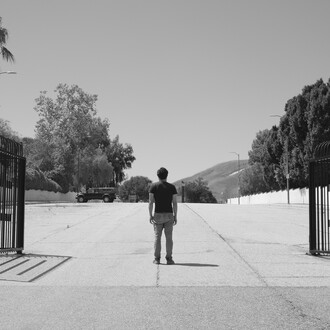The exhibition is an artistic installation, in which Lüpertz moves into the museum with roughly 30 sculptures and 20 paintings or picture cycles to enter into a dialogue with the works by Max Klinger that are represented in the permanent exhibition. In 1970, Markus Lüpertz, a huge admirer of Klinger, received the Villa Romana Florence scholarship that the artist from Leipzig initiated in 1905. The Leipzig Museum of Fine Arts owns an extensive collection of Klinger’s paintings, sculptures, prints and original plaster casts, used as three-dimensional models for his major sculptures made of marble and bronze. The Graphic Collection holds the world’s largest assortment of his drawings.
Max Klinger experimented with colourful, polychrome sculpture, and ventured down new paths of aesthetic appreciation. He combined different materials to produce complex sculptures and monumental paintings that do not fit in any clear art historical category. They blend painting and sculpture in a manner that could rightfully be called artistic installation. The coloured sculptures by Markus Lüpertz show a similarly free, but equally absolute, underlying philosophy. The artist shows no concern for traditional perceptions of sculpture, and instead models, processes and paints the figures in a sometimes perplexing style that seeks expression beyond the narrow boundaries within the genres of painting and sculpture. Lüpertz’s sculptures break taboos and violate classic perceptions of beauty.
The Verlag Walther König published a catalogue with articles (German/English) by Ulf Jensen, James Lawrence, Jan Nicolaisen and Hans-Werner Schmidt to mark the exhibition. Featuring around 240 richly illustrated pages, the edition is available from booksellers and in the Museum Shop.
The exhibition is made possible by Birkelsche Stiftung für Kunst und Kultur (Foundation for Art and Culture), Cologne, and by Freundeskreis Max Klinger e.V. (Friends of Max Klinger Society).
















